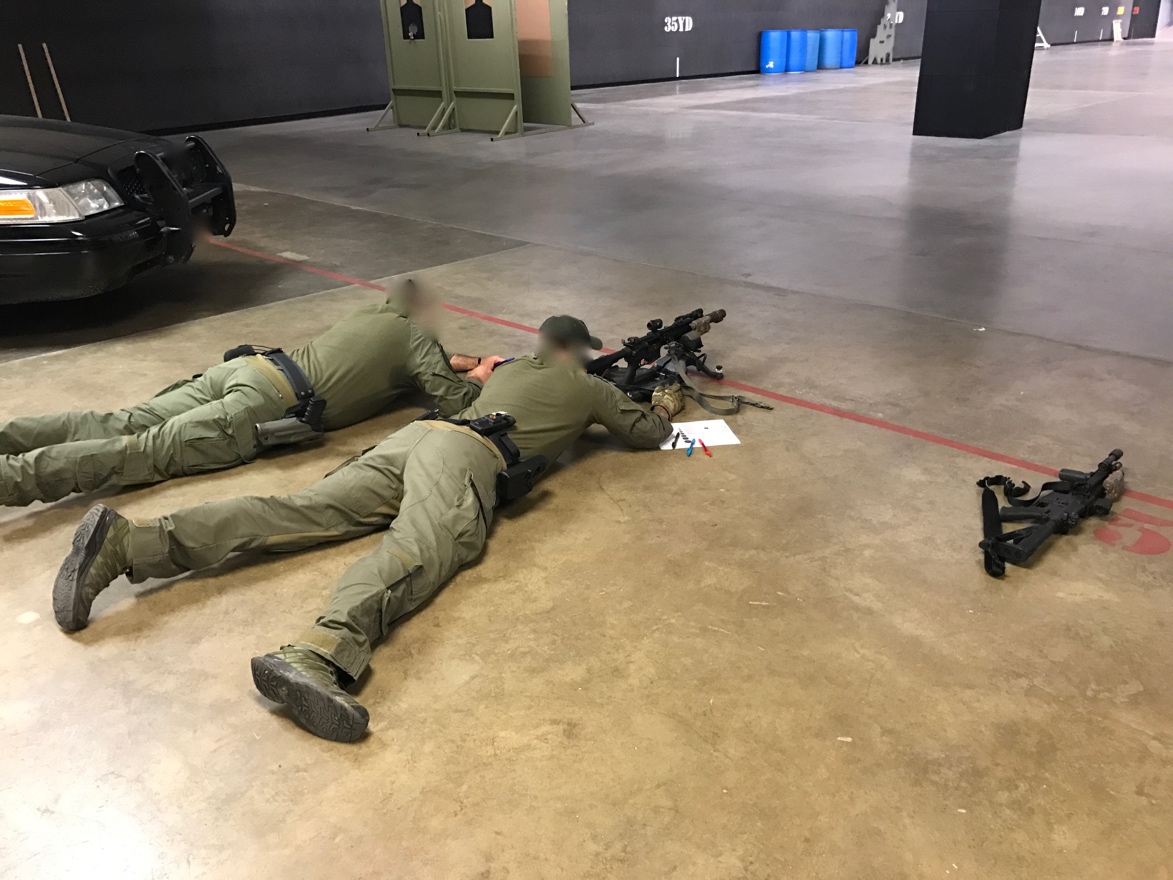@SaltyMonkey252 - sorry, a bit of a diversion yesterday when I was replying, so I didn't get in all the thoughts that I had with my previous reply (
https://www.thearmorylife.com/forum/threads/optics-on-ar.10157/#post-134235 )

Here's a bit more.

----
You replied in the affirmative to
@HansGruber 's question about whether you shoot the RDS with both-eyes-open; but I have a follow-up to that....
Do you use target-focus? or are you visually focusing instead on the dot/reticle?
The reason I ask is because shooters who complain about a restricted field-of-view with the RDS typically feels that way because they're focusing on the dot/reticle. In this manner, no matter how large the clear aperture, you'll still feel "captured" by whatever the physical framework is of the sight, which seems to be what you'd written in your OP, which I heavily edited below, in order to facilitate discussion......
-----
In terms of your question regarding POA/POI discrepancies, yes, it does happen. While what the manufacturer states in their manuals is the typical "CYA" catch-all, it still does happen to modern RDSs - and as with seen on the Trijicon MRO (I'm not just trolling this one, I actually own one of these, on a very nifty Scalarworks mount, which my daughter either uses on her AR and which I remove to take with me as a backup optic for training classes), when the shooter isn't allowing the dot/reticle to center within the optic's clear aperture, there's a
possibility for significantly more parallax to be induced.
^ "Doc" Spears speaks in this Surefire video with regard to the "anywhere in the window" misconception.
While that may be a bit academic, here's a great video by
Green Eye Tactical, with an excellent "behind the tube" empirical demo of this effect -
Which itself is a part of this rather amazing and thorough white-paper on the subject:
I'd like to thank you for viewing this report. It took a considerable amount of time to finish. I would like to apologize that parts of it may not appear formatted properly in your browser. Depending on what browser you are using- some of the images may not be visible due to the .tiff format.

www.greeneyetactical.com
In-reality,
I really believe that what POA/POI discrepancy
we see (no pun intended

) on
our end as the
"typical" shooter (a shooter who resides within the meat of the bell-curve of capability, not one who is either at the low or high end of the dev) is much more in-relation to (1) the mis-alignment/deviation of our eyes from the optical axis and (2) our unique visual differences from each other (as individual people - see the "
11 March 17 Test Results, Overall Results: Testing Accuracy section of the paper).
I believe that environmental issues such as heat/humidity plays considerably lesser roles, versus our errors of input and individual and unique objective biological differences and subjective perceptions.
(*Note that Green Eye Tactical's disallowed optic in their TRF class is the Aimpoint T-1, not the Trijicon MRO.)

